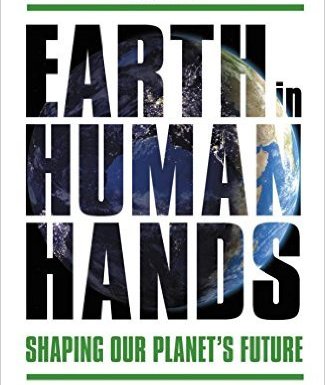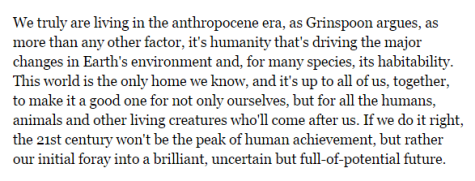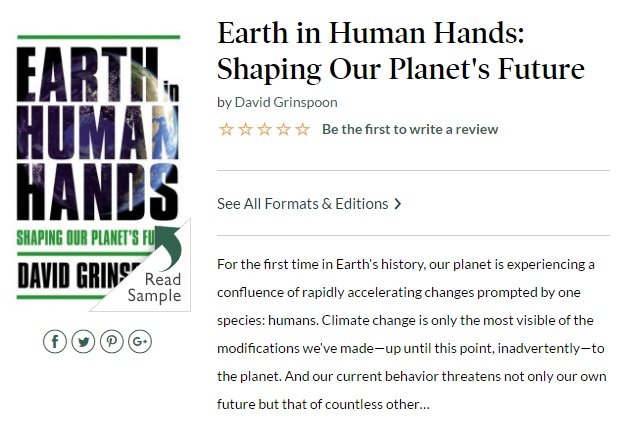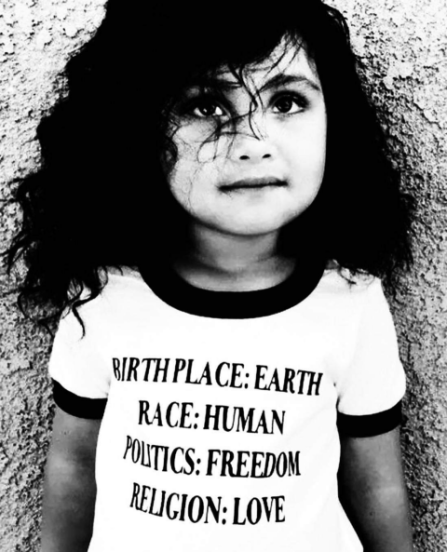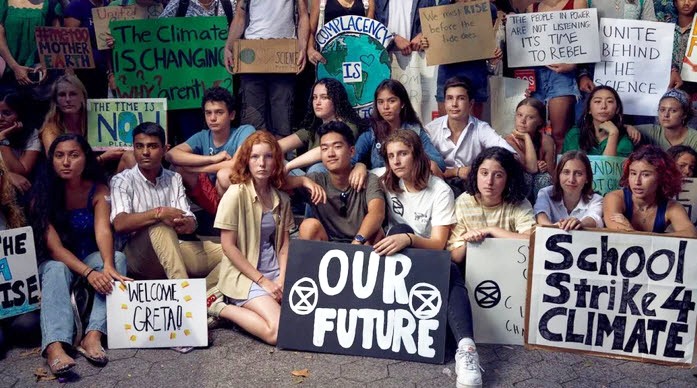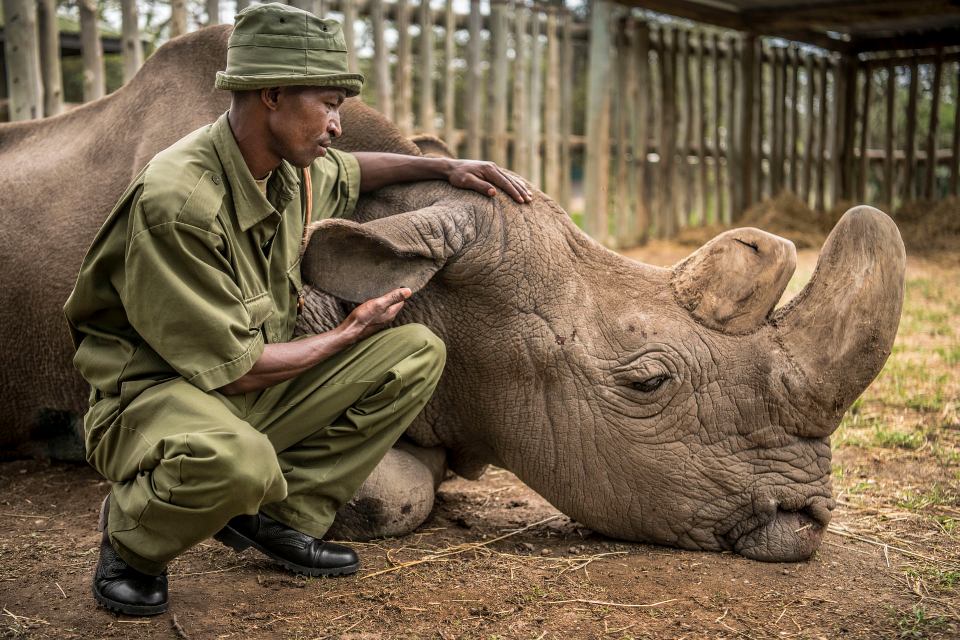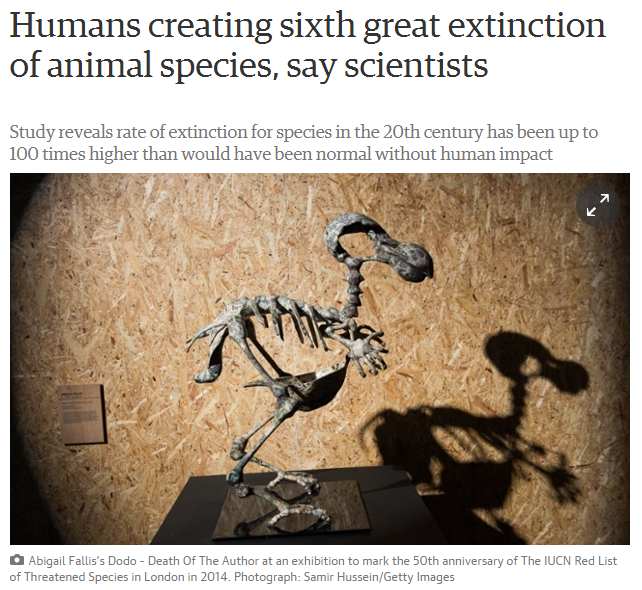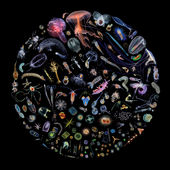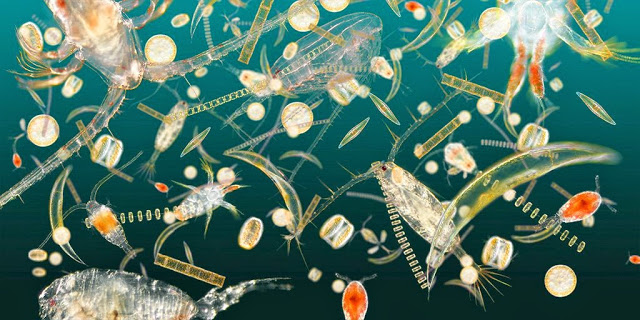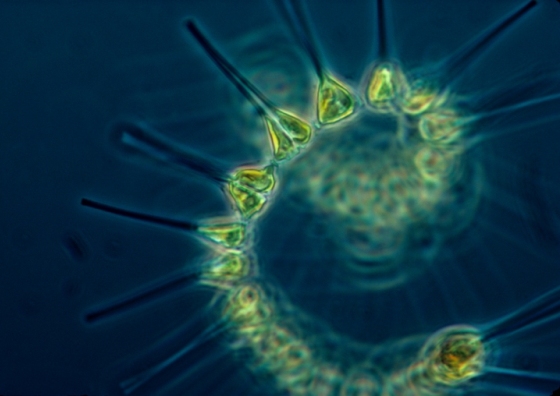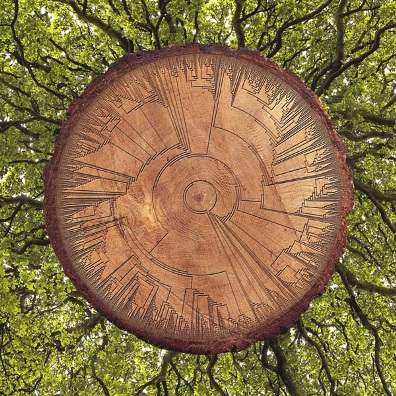File:Earth in Human Hands.jpg
Earth_in_Human_Hands.jpg (325 × 385 pixels, file size: 34 KB, MIME type: image/jpeg)
Earth in Human Hands, Earth in Our Hands
Read a Sample from the book by David Grinspoon
https://eapsweb.mit.edu/third-annual-william-f-brace-lecture-david-grinspoon
About David Grinspoon:
David Grinspoon is an astrobiologist, award-winning science communicator, and prize-winning author. He is a senior scientist at the Planetary Science Institute and adjunct professor of astrophysical and planetary science at the University of Colorado. Grinspoon's research focuses on climate evolution on Earth-like planets and potential conditions for life elsewhere in the universe. He is involved with several interplanetary spacecraft missions for NASA, the European Space Agency and the Japanese Space Agency. In 2013 he was appointed as the inaugural chair of astrobiology at the U.S. Library of Congress where he studied the human impact on Earth systems and organized a public symposium on the Longevity of Human Civilization.
His new book "Earth in Human Hands" was named a “best science book of 2016” by NPR’s Science Friday. His previous book “Lonely Planets: The Natural Philosophy of Alien Life ” won the PEN Center USA Literary Award for Nonfiction. Grinspoon has been recipient of the Carl Sagan Medal for Public Communication of Planetary Science by the American Astronomical Society.
In the Media
○
“We are living in the middle of a mass extinction today, but none of us feel that urgency, or that it really is so.”
-- Dr. Gerta Keller, Princeton University
Sudan, the last of his Rhino kind
The 8 Million+ Species We Don’t Know
By Edward O. Wilson
March 3, 2018 / New York Times
https://www.nytimes.com/2018/03/03/opinion/sunday/species-conservation-extinction.html
The most striking fact about the living environment may be how little we know about it. Even the number of living species can be only roughly calculated. A widely accepted estimate by scientists puts the number at about 10 million. In contrast, those formally described, classified and given two-part Latinized names (Homo sapiens for humans, for example) number slightly more than two million. With only about 20 percent of its species known and 80 percent undiscovered, it is fair to call Earth a little-known planet.
- To effectively manage protected habitats, we must also learn more about all the species of our planet and their interactions within ecosystems.
The best-explored groups of organisms are the vertebrates (mammals, birds, reptiles, amphibians, fishes), along with plants, especially trees and shrubs. Being conspicuous, they are what we familiarly call “wildlife.” A great majority of other species, however, are by far also the most abundant. I like to call them “the little things that run the world.” They teem everywhere, in great number and variety in and on all plants, throughout the soil at our feet and in the air around us. They are the protists, fungi, insects, crustaceans, spiders, pauropods, centipedes, mites, nematodes and legions of others whose scientific names are seldom heard by the bulk of humanity. In the sea and along its shores swarm organisms of the other living world — marine diatoms, crustaceans, ascidians, sea hares, priapulids, coral, loriciferans and on through the still mostly unfilled encyclopedia of life.
Do not call these organisms “bugs” or “critters.” They too are wildlife. Let us learn their correct names and care about their safety. Their existence makes possible our own. We are wholly dependent on them.
·······························
Phytoplankton & Photosynthesis
Plankton: The Ocean Food Chain & Atmospheric Oxygen
"Tiny Blue Green"
- More than Meets the Eye
"A single kind of blue-green algae in the ocean produces the oxygen in one of every five breaths we take"
- ~ from "The World Is Blue: How Our Fate and the Ocean’s Are One" by Sylvia Earle
Visit:
www.tinybluegreen.com @GreenPolicy360
Seventy percent of the Earth's surface is ocean and here, in myriad life forms, "tiny blue-green" organisms are essential to preserving life on the planet
○
The Unseen and the Seen
○
File history
Click on a date/time to view the file as it appeared at that time.
| Date/Time | Thumbnail | Dimensions | User | Comment | |
|---|---|---|---|---|---|
| current | 22:24, 30 January 2017 | 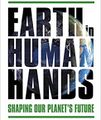 | 325 × 385 (34 KB) | Siterunner (talk | contribs) |
You cannot overwrite this file.
File usage
The following 53 pages use this file:
- About Us
- Anthropocene
- Book Reviews @GreenPolicy
- Earth and Space, Politics
- Eco-economic Decoupling
- Environmental Justice
- Environmental agreements
- Generation Green
- GreenPolicy360-eOS
- GreenPolicy360 (eOS)
- GreenPolicy360 Archive Highlights 2023
- Green New Deal
- Green Quotes
- Green Stories of the Day
- Greening Our Blue Planet
- Net Zero Energy Policy
- PlanetCitizen
- Planet Citizen Action
- Planet Citizen Vision of Living Earth
- Planet Citizens
- Planet Citizens, Planet Scientists
- Siterunner
- Steven Schmidt
- Thank You Generation Green
- The Commons
- Virtual Earth
- User talk:Siterunner
- Green Policy:About
- File:Acting to make a positive difference - in St Petersburg Florida.png
- File:ClimateNews 360.jpg
- File:Earth grassroots.jpg
- File:Earth in Our Hands.png
- File:Global Stocktake, the first GST.jpg
- File:Good science needs good data .png
- File:How satellites monitor climate change circa 2016.png
- File:Last of its kind.jpg
- File:On the road sjs.jpg
- File:Rep George Brown and Steve Schmidt - Oct 15, 1969 - 448x305.png
- File:Tree of Life on Hand.jpg
- File:Usable climate science is adaptation science-Adam Sobel May 2021.jpg
- Category:About Us
- Category:Anthropocene
- Category:Biodiversity
- Category:Biosphere
- Category:Climate Policy
- Category:Eco-Quotes
- Category:Eco-Spirituality
- Category:GreenPolicy360
- Category:Green Politics
- Category:INDC
- Category:NASA
- Category:Planet Citizens, Planet Scientists
- Category:Sustainability
